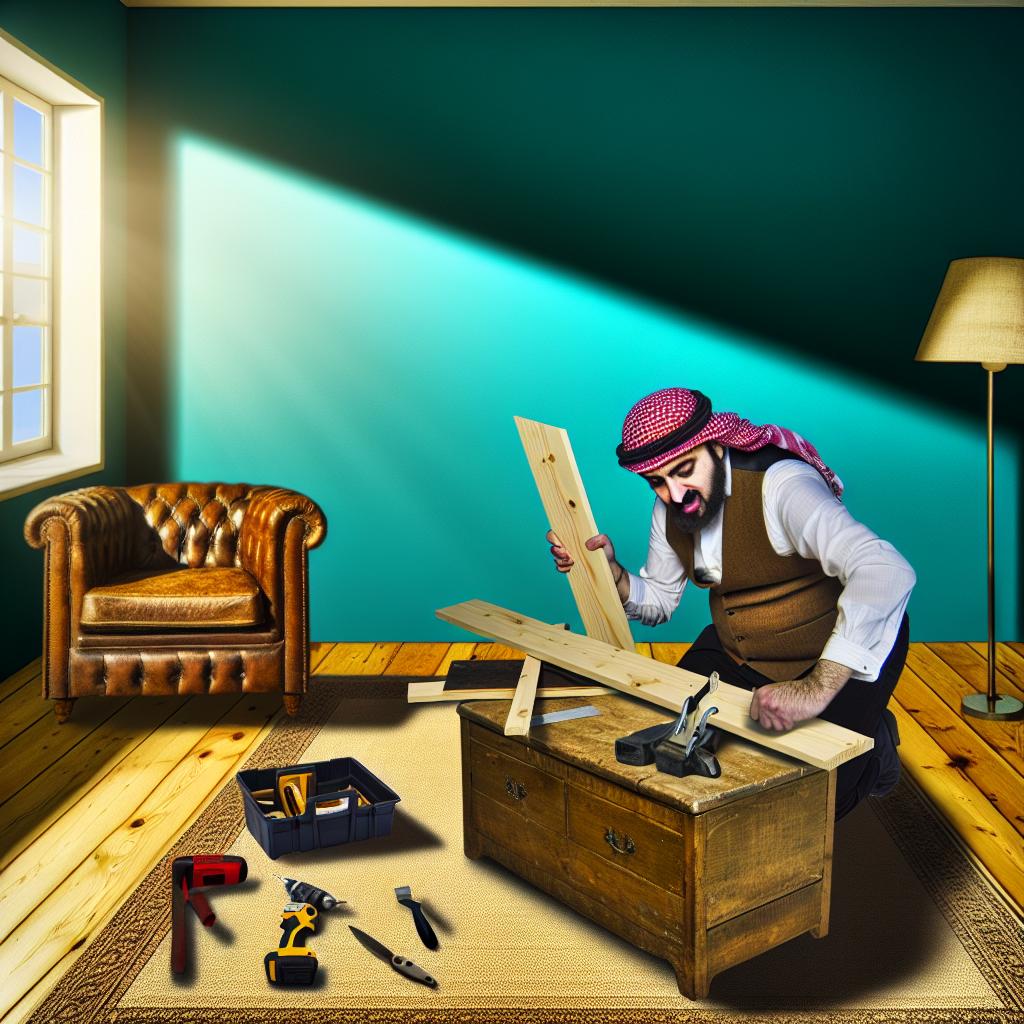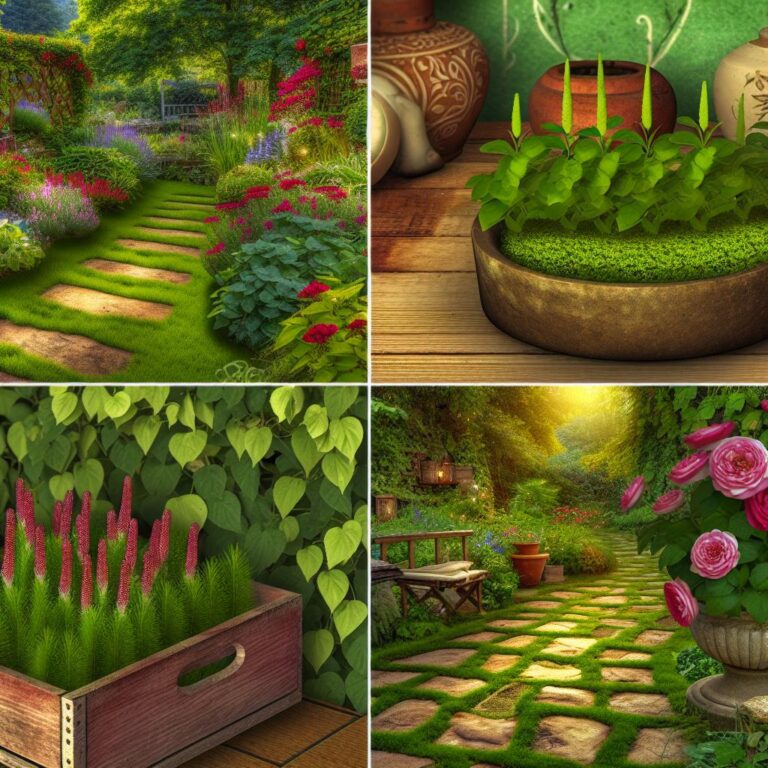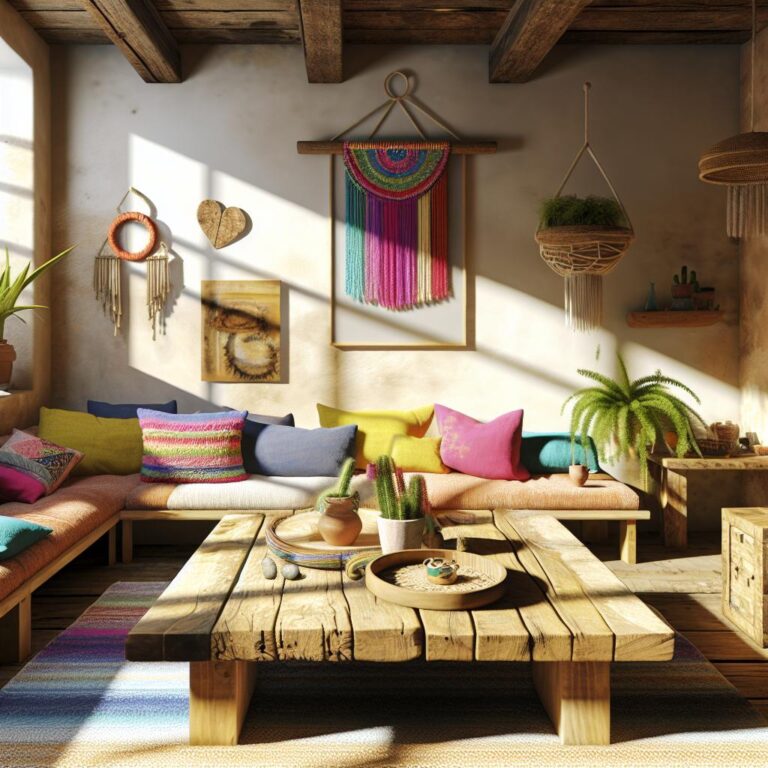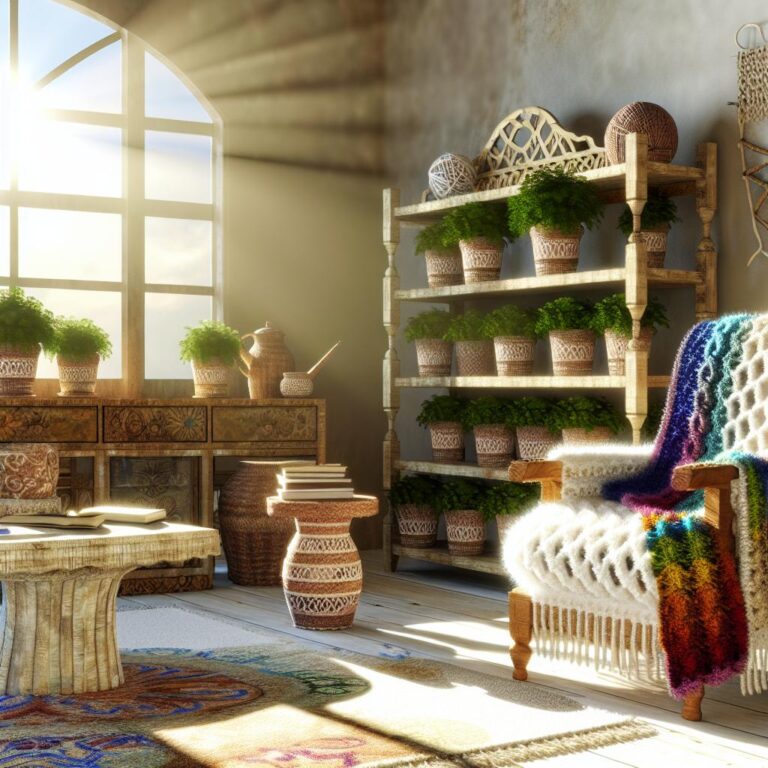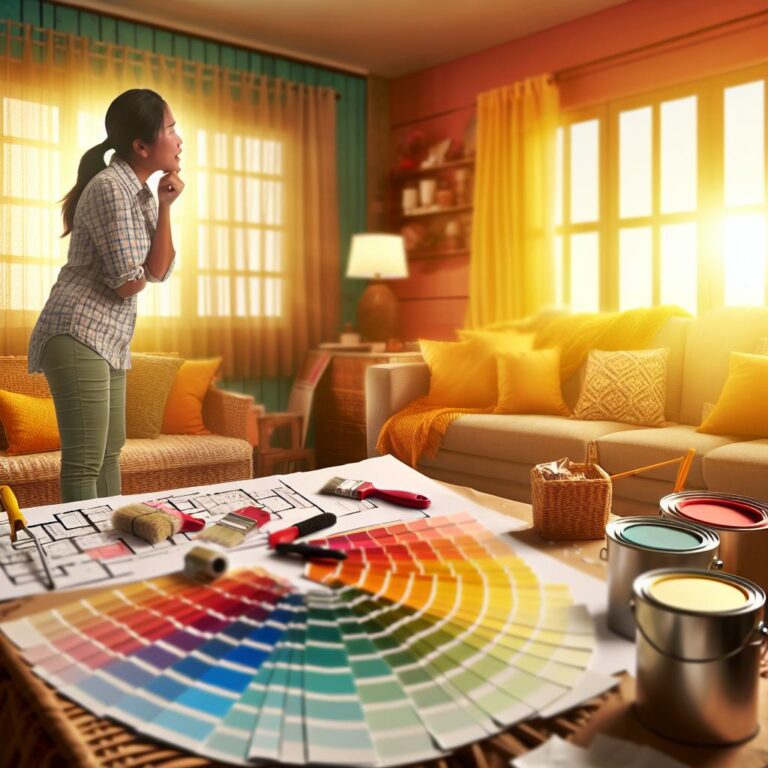- Learn basic techniques: measurement skills with tape measures and levels; use of hand tools like hammers and screwdrivers.
- Practice simple construction tasks: start with projects like shelves or curtain rods using wood, screws, and nails.
- Use online resources: HGTV's Instagram, YouTube, and forums for tutorials and community support.
- Budget renovations: paint rooms, polish floors, update kitchen storage, and enhance entryways.
- Prioritize impactful projects: backsplashes, storage solutions, efficient fixtures like showerheads.
- Enhance home value: layered lighting, repurposing furniture, using modular shelving.
- Economical decor: repainting, upgrading handles, adding art, and utilizing thrift stores.
- Quick home updates: installation guides simplify projects, paint jobs, crown molding, and updated hardware.
- Simple landscaping: add plants, create pathways, and enhance outdoor lighting for curb appeal.
Diving into DIY home improvement can seem daunting, but trust me, it's rewarding! Let's start with beginner-friendly techniques that won't overwhelm you. Whether you're interested in quick repairs or budget renovations, I've got your back. You'll gain confidence and learn how to upgrade your home on a dime. So, where do you roll up your sleeves first? Follow my guide to transform your space without breaking a sweat!
What Are Some Beginner-Friendly DIY Techniques?
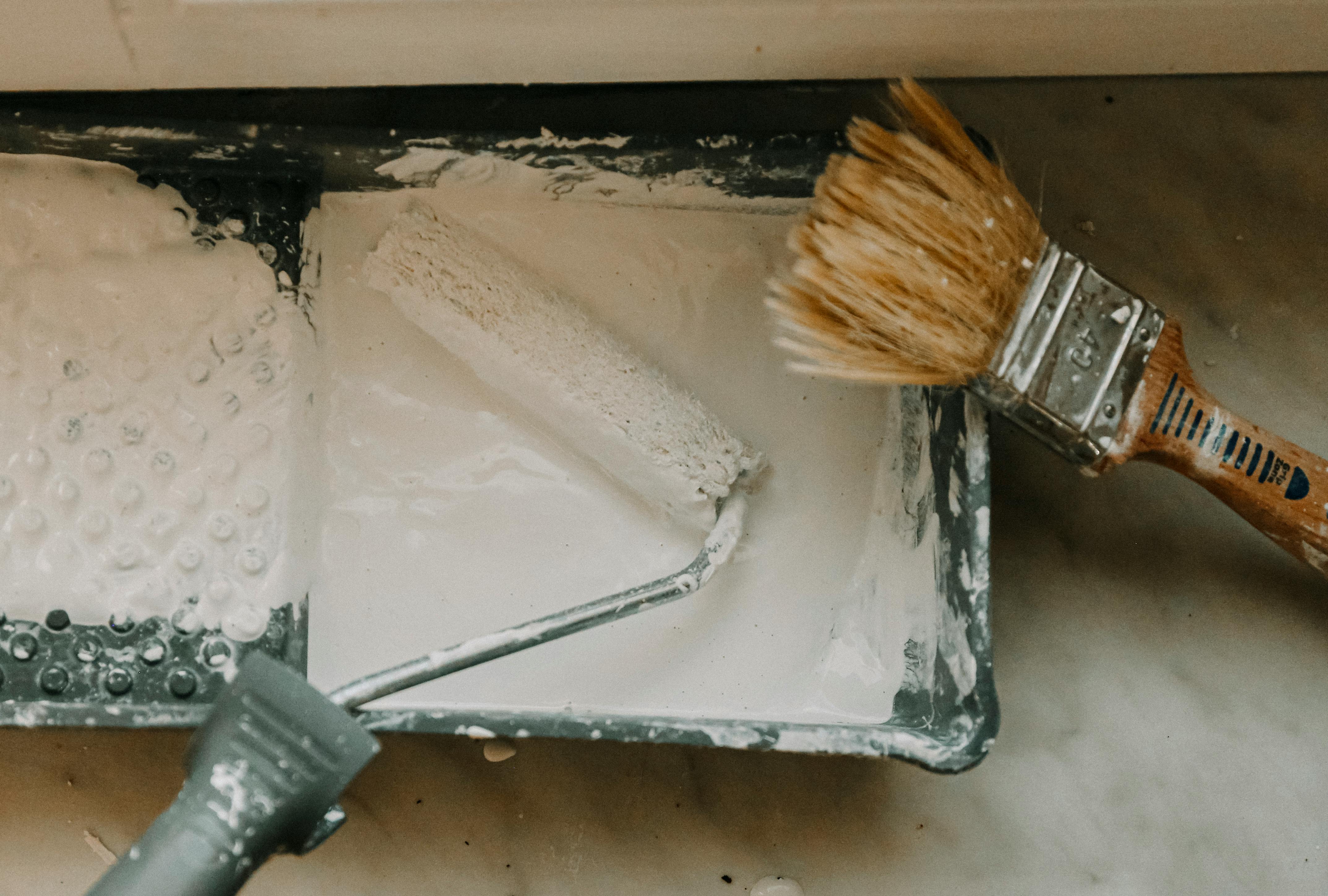
Every journey begins with a single step, and embarking on DIY projects is no different. If you're just starting, it’s essential to build a foundation in basic techniques. Knowing where to begin can make a huge difference in overall success and can save you time, money, and unnecessary frustration. So what should every budding DIY enthusiast learn first? Let's jump in and explore these beginner-friendly techniques that will get you on the right track.
What Basic Techniques Should Beginners Learn First?
First things first: understanding the fundamental techniques is crucial. You should begin by acquainting yourself with measurement skills. Accurate measurements ensure that each piece fits properly, preventing mishaps that could derail your project. Start by learning how to use tape measures, square tools, and levels. Next, get comfortable with basic hand tools, such as hammers, screwdrivers, and pliers. These are essential for most projects and will be your most reliable companions on this journey.
Painting is another must-learn technique, not just for its transformative power but also for introducing you to surface preparation and finishing touches. A well-prepped wall or piece of furniture leads to a more professional finish, enhancing your project's aesthetic.
How Can Beginners Approach Simple Construction Tasks?
Once you've got the basics down, you might think about tackling some simple construction tasks. Begin with projects that don't require complex skills, like building a small shelf or installing new curtain rods. These tasks offer a great way to practice handling tools and improve accuracy in measurements within a low-risk environment.
Understanding the properties of different materials is pivotal. Wood, metal, and plastic each have unique characteristics that influence how they should be handled. Begin by using soft woods, which are easier to cut and shape, as your go-to material for early projects. Practice sanding edges and joining pieces with nails or screws to help build a strong foundation in construction.
Are There Any Easy Online Resources for New DIY Enthusiasts?
With various free resources available online, embarking on your DIY adventure has never been easier. Platforms like HGTV's Instagram and HGTV Magazine's Facebook page offer abundant resources suited for both newbies and seasoned DIYers. These platforms provide tutorials, inspiration, and community support, giving you the confidence to start your projects.
YouTube is another invaluable resource. Countless channels provide step-by-step guides across a spectrum of projects. Watching professionals as they demonstrate techniques can help visualize processes and understand each project's scope. The DIY community online is vast and incredibly supportive, meaning you can easily find answers to all your questions.
Engage with online forums dedicated to home improvement, where you can ask questions, share your projects, and receive feedback. These forums are great for real-world advice, especially when tackling tricky tasks. Starting with beginner-friendly tactics ensures a positive and fulfilling DIY experience, setting the stage for more complex projects as your skills grow.
Dive into these foundational techniques, make use of rich online resources, and remember: every expert was once a beginner. Focus on learning and enjoying the process, and soon you'll find yourself tackling even the most daunting of projects with ease and proficiency.
How Can You Renovate Your Home Cost-Effectively?
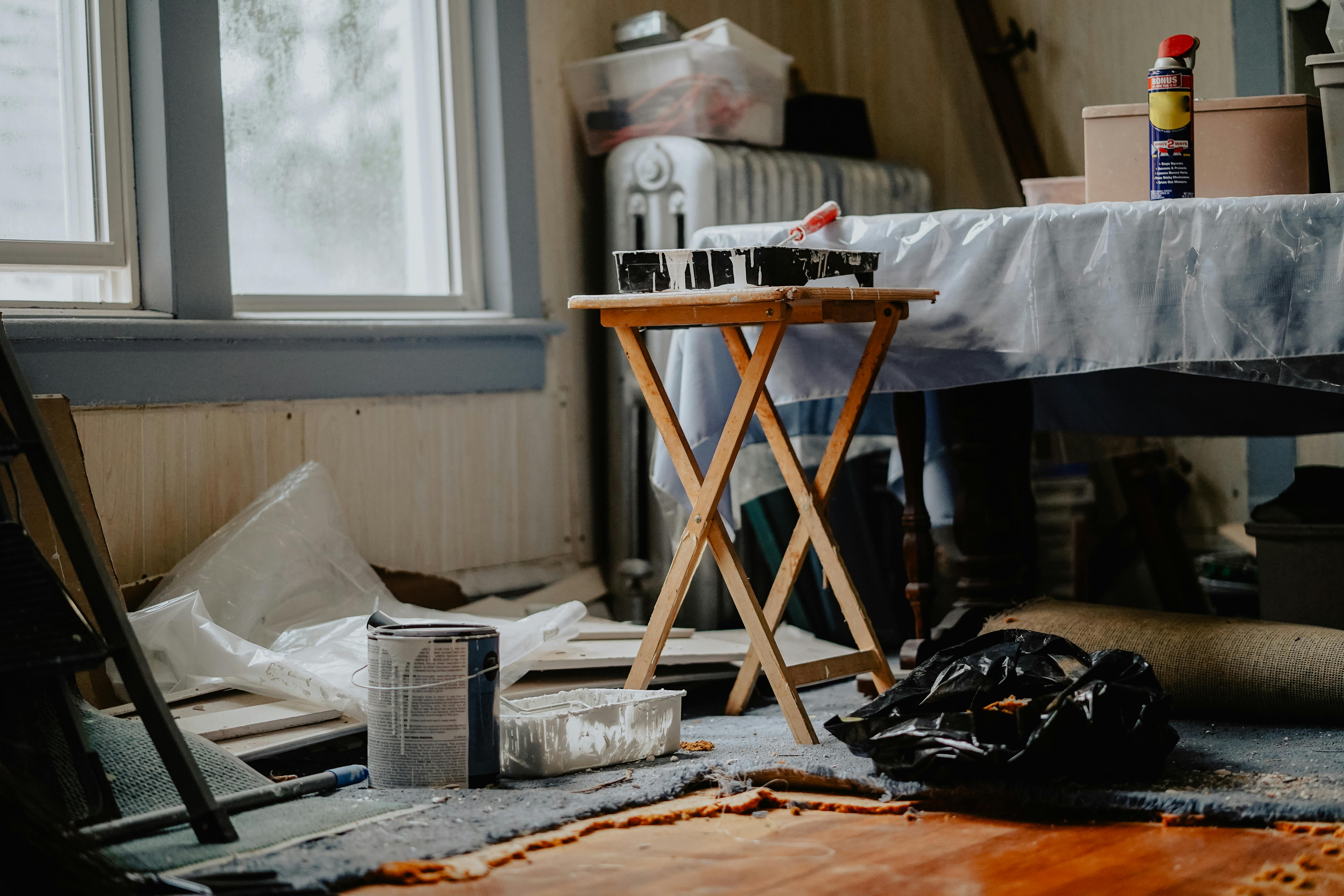
What Are Some Tips for Budget Renovations?
Start with small changes that make a big difference. Fresh paint can transform a room, giving it new life. Choose colors that fit your style. For wood floors, use polish to bring back their shine. It lasts longer when applied every six months in busy areas.
Adding kitchen storage like open shelves or wine racks saves space and adds style. In the bathroom, painting cabinets gives them a fresh look. Use the right tools for the best results. Use bold hues to create a mood that matches your preference.
For a quick curb appeal boost, focus on your front door. Millwork details around the entryway create visual interest. Pick a door color that goes with the house's outside look. Small changes, like new numbers and lighting, define your home's character and make it welcoming.
How to Prioritize Budget-Friendly Remodeling Projects?
Make a list of needs and wants. Start with projects that have the biggest impact for the least cost. Check what can be done with minimal changes. A backsplash in the kitchen, for example, can protect walls and add charm. Try beadboard or tiles for a weekend DIY project.
Focus on areas that increase comfort and value. Organize entry spaces with storage benches and hooks. These keep outerwear neat and make coming and going easier. First, measure closets. Then, use shelves and bins to maximize space.
When considering cost, think about usage. Choose projects that improve day-to-day life. Replace an old showerhead. New models can save water while giving a better shower experience. An under-sink water filter improves tap water taste. It's cheaper in the long run and reduces plastic waste.
How Can Affordable Upgrades Enhance Your Home's Value?
Strategic upgrades can enhance appeal and worth. Adding layered lighting in rooms changes the whole look. Use ambient and accent lights to create a cozy atmosphere. Crown molding adds elegance. It's available at all price points and enhances the room's feel.
Repurposing old furniture as a new feature is smart. Turn a bookcase into an entryway unit with paint and hooks. It helps stay organized while adding personality. Plants in your garden or pots also boost charm for less. Choose perennials, which return each year and save on replanting costs.
Modular shelving systems help in optimizing storage and style. They can hold decorative items or hidden storage bins. A well-organized space feels larger and more inviting. This has a direct impact on the overall market value.
Make pathways in your garden with stepping stones. They add beauty and help keep the yard neat. A professional carpet cleaning can revive flooring. It's more effective than your usual vacuum and extends the carpet's life.
When tackling upgrades, consider two things: function and style. Function enhances daily living, while style improves how a space feels and looks. Projects like creating a shade with chosen fabric provide effective window solutions that keep things cool.
Once you identify what's most important to you, budget-friendly options will emerge. They are feasible and tailored to personal needs and styles. Each small upgrade adds value, one step at a time, financially and emotionally.
What Economical Home Decor Ideas Can You Implement?

Want to spruce up your home without emptying your wallet? I've got some great tips! Many of us dream about having a stylish and welcoming home. The good news is, you don’t need to spend a lot to make that happen. With a few economical home decor ideas, we can achieve a fresh look and feel right in our homes. Here are my top picks for sprucing up without splurging.
How to Decorate Economically Without Compromising Style?
Can you decorate on a budget but still impress? Yes, you can! Start with paint. A new coat on your walls, doors, or furniture breathes life into a room. Consider adding an accent wall in your living room to get a pop of color. Another way is by making the old look new. Restore wood floors with polish, which gives them a shiny, new look and safeguards against wear and tear.
Embellish simple furniture with interesting knobs or handles. They provide character to even the plainest pieces. Throw pillows or blankets can add coziness and style with ease. Explore thrift stores or flea markets for these items; they often have unique, affordable choices.
Think about adding some art. Get creative with personal photos in different frames. Make a collage on your wall, incorporating artworks and mirrors, to reflect light and increase the sense of space. Wall decals, another fun choice, offer flexibility and are easy to both apply and remove.
Which Thrifty Improvements Can Boost Curb Appeal?
What thrifty changes can make a house stand out from the outside? A few clever tweaks! First, focus on the front entry. A freshly painted door can transform the entrance, setting a welcoming tone. House numbers and external lights, when chosen with care, add a touch of style without breaking the bank. You can even make a path with stepping stones which can guide guests right from the curb to your door.
The windows are another area to consider. A homemade Roman shade can offer both privacy and elegance at a fraction of the cost. Frames painted with complementary hues add to a cohesive look. Paint colors that flatter your exterior wood tones keep the character intact.
Your garden can also elevate your home’s charm. Add life with potted plants or flowering perennials. They provide color, texture, and vitality, making the exterior warm and inviting. Low hedges or planters with varying heights create interest without needing big investments.
What Are Some Low-Budget Furnishing Tricks?
How can you make your space feel expensive on a budget? With smart tricks! Multipurpose furniture can be the secret gem in small spaces. Look for modular shelving to work double-duty as a storage and display unit. These help give homes a decluttered, organized look.
Old furniture deserves a second life. Have an old bookcase? Paint it, add some hooks, and it becomes an uplifting entryway organizer. Open shelving in kitchens or living areas displays your details, whether books, plants, or mementos. It showcases your taste without needing an interior designer.
Lastly, highlight lighting. Layer different types of lighting—task, accent, and ambient—to create a refined atmosphere. A handyman isn't needed to change fixtures; simple updates make a big difference. And while professional carpet cleaning might seem like a splurge, it’s a worthy investment prolonging your carpet’s life and enhancing its elegance.
Remember, efficiency doesn’t mean cutting corners. It’s about mixing creativity with worthwhile investments. You can achieve a renewed home celebrating your personality without overspending.
What Are Some Quick and Easy Home Updates?
Embarking on a DIY home improvement journey can be exciting but confusing. You want results without breaking the bank or spending too much time. So, where do you begin? Let's dive into some quick and easy home updates that can instantly transform your space.
Can Installation Guides Simplify Home Updates?
Yes, installation guides can turn a daunting task into a breeze. For example, adding extra kitchen storage can seem tough. But with easy installation guides, you can tackle projects like open shelving or wine racks. These guides often simplify the process step-by-step, showing how to attach shelves securely. If you've always wanted a tidier kitchen, start with small steps. Many guides provide a list of needed materials, helping you gather everything before starting. Remember, choosing the right guide ensures a smooth process and a great outcome.
What Shortcuts Are Available for Quick Home Transformations?
Shortcuts in home improvement can save time and effort. A prime example is the humble paint job. Painting a room or even just the kitchen cabinets can give an instant facelift. Consider focusing on your home's entryway. By repainting the front door a fresh color, you can enhance your home’s curb appeal quickly.
Adding crown molding is another effective shortcut. This can shift the look of a room without major renovations. Off-the-rack options are affordable and easier to handle. Also, think about updating the hardware in your kitchen or bathroom. Switching out old drawer pulls with updated designs adds a modern touch instantly. Each of these shortcuts offers a high impact with minimal investment.
What Simple Landscaping Changes Improve Home Aesthetics?
Transforming your home’s outside can be easy with simple landscaping changes. A good place to start is by adding greenery. Potted plants and perennials not only beautify but require little maintenance. Think about creating a garden path. Stepping stones or gravel can redefine your yard’s layout and look.
Enhancing outdoor space can also mean updating small details. For instance, adjust outdoor lighting for better appeal; it makes a big difference at night. Or, add some key accessories like fresh house numbers or a stylish mailbox.
Another idea is to spruce up the entrance. Stain or polish the wood features for a fresh look. This simple action restores and protects wood from weather damage.
For those wanting to do a quick fix, creative shortcuts in landscaping can create appealing transformations. By choosing easy-to-do projects, you improve your home's exterior without overspending.
Adding An Extra Touch
Think about using modular shelving for creative storage solutions inside and outside. These shelves offer stylish and practical storage with little effort. Consider reorganizing entryways with storage benches, making these spaces more user-friendly.
Renovating doesn't always need to cost a fortune. With the right guides and shortcuts, you can enhance your home effortlessly. Focus on small, impactful updates to enjoy a refreshed living space without stress.
Conclusion
We've explored many DIY techniques, from basic construction tips to cost-effective renovations. Start with easy tasks, use online resources, and take it step by step. Budget ideas can boost your home's value without breaking the bank. Decorate smartly and prioritize cost-effective projects. Small changes can make a big impact, and you'll feel the pride of doing it yourself. Embrace thrifty decor and easy upgrades to transform your space. Now, gather your tools and start creating the home you envision. It's about making your space yours, one project at a time.

